 |
| July 24, 2020 |
Dear Reader,
Astronomers have captured images of multiple planets orbiting a sunlike star, for the first time ever. But the snapshots of this planetary system reveal it to be no place like Earth. Read our lead story to learn about their findings. Also in space news, Florida will soon reopen Cape Canaveral to polar space launches. SpaceX aims to launch the first mission later this year. Next up, a fossil trapped in amber was thought to be a dinosaur but is likely a lizard. And lastly, advances in genomics have allowed researchers to reconstruct the remarkable evolutionary history of oak trees. The cover story from our August issue has the details. |
| | Sunya Bhutta, Senior Editor, Audience Engagement
@sunyaaa | |
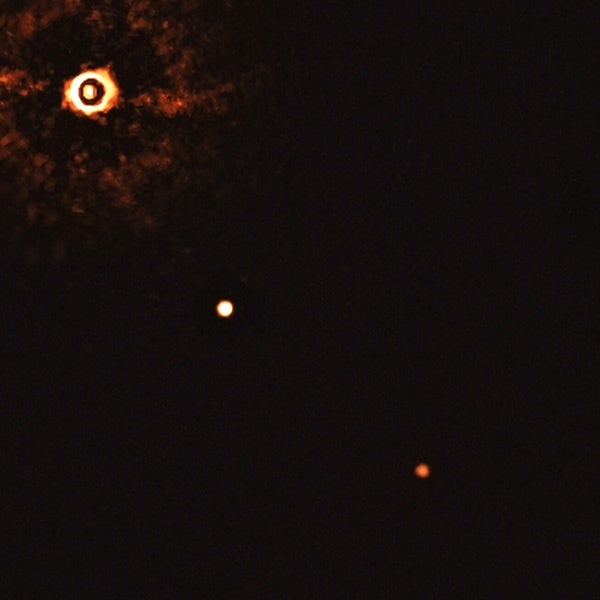 |
| |
| |
| |
| |
| |
| |
| |
| Evolution Cricket Avoids Being Bat Food by Doing Nothing The sword-tailed cricket can discern bats' echolocation signals by only responding to calls of a certain volume—at which point it plummets out of their approach. |  | By Emily Schwing | 03:29 | | | |
| |
| |
FROM THE STORE
 | | | |
| |
FROM THE ARCHIVE
 | | | |
LATEST ISSUES
 |
| |
| Questions? Comments?  | |
| Download the Scientific American App |
| |
| |




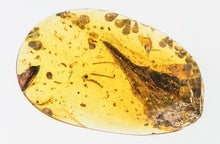

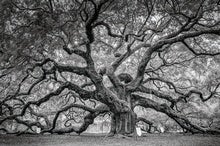


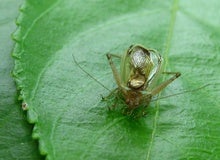




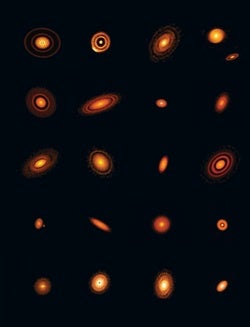
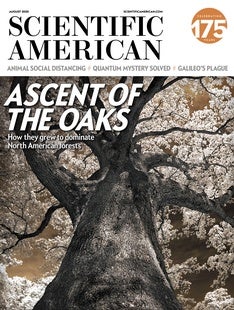

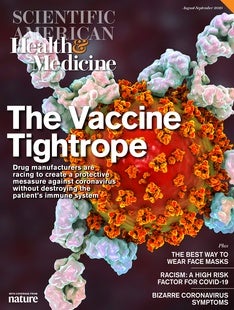
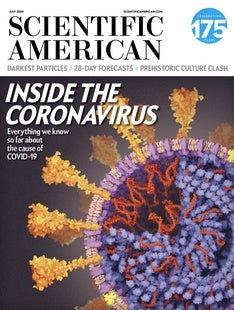
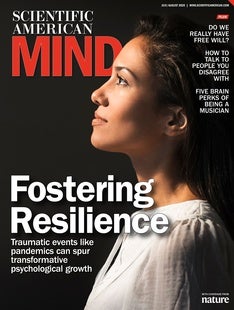



Comments
Post a Comment